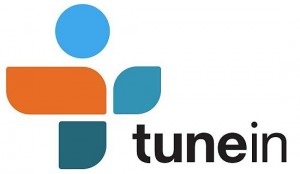LITTLE ROCK – Fourteen Arkansas hospitals has partnered with the University of Arkansas for Medical Sciences (UAMS) to provide life-saving emergency care for stroke patients in the region.
Stroke patients are at high risk of death or permanent disability, but patients who have an ischemic stroke can be helped with the blood-clot dissolving agent called t-PA. The drug must be given within 4.5 hours of the stroke and only to patients who have ischemic stroke caused by a blood clot, rather than a hemorrhagic stroke caused when a blood vessel ruptures and bleeds into surrounding brain tissue.
Called Arkansas SAVES (Stroke Assistance Through Virtual Emergency Support), the program uses a high-tech video communications system to help provide immediate, life-saving treatments to stroke patients 24 hours a day. The real-time video communication enables a stroke neurologist to authorize emergency room physicians to use a powerful blood thinner within the critical 4.5-hour period following the first signs of stroke.
The Arkansas SAVES system relies on the state Health Department’s hospital preparedness high-speed video network transmission lines that provide the live, video communication necessary to link an on-call neurologist with a local hospital physician who is caring for a stroke patient.
Fourteen Arkansas hospitals are participating in the SAVES program: Baptist Health Medical Center – Arkadelphia, White River Medical Center in Batesville, Baxter Regional Medical Center in Mountain Home, Booneville Community Hospital, DeWitt Hospital, Johnson Regional Medical Center in Clarksville, McGehee-Desha County Hospital, Mena Regional Health System, Helena Regional Medical Center, Saint Vincent Medical Center/North in North Little Rock, White County Medical Center in Searcy, Ashley County Medical Center in Crossett, Washington Regional Medical Center in Fayetteville and Crittenden Regional Hospital in West Memphis.
Since the program began Nov. 1, 2008, through Feb. 28, 33 patients had received t-PA following consultation with a SAVES neurologist. Another 168 patients seen by SAVES neurologists did not qualify for t-PA, either because they arrived beyond the 4.5 hour threshold, had a hemorrhagic rather than ischemic stroke, or were diagnosed with other conditions.
Visit www.uams.edu or www.uamshealth.com.






